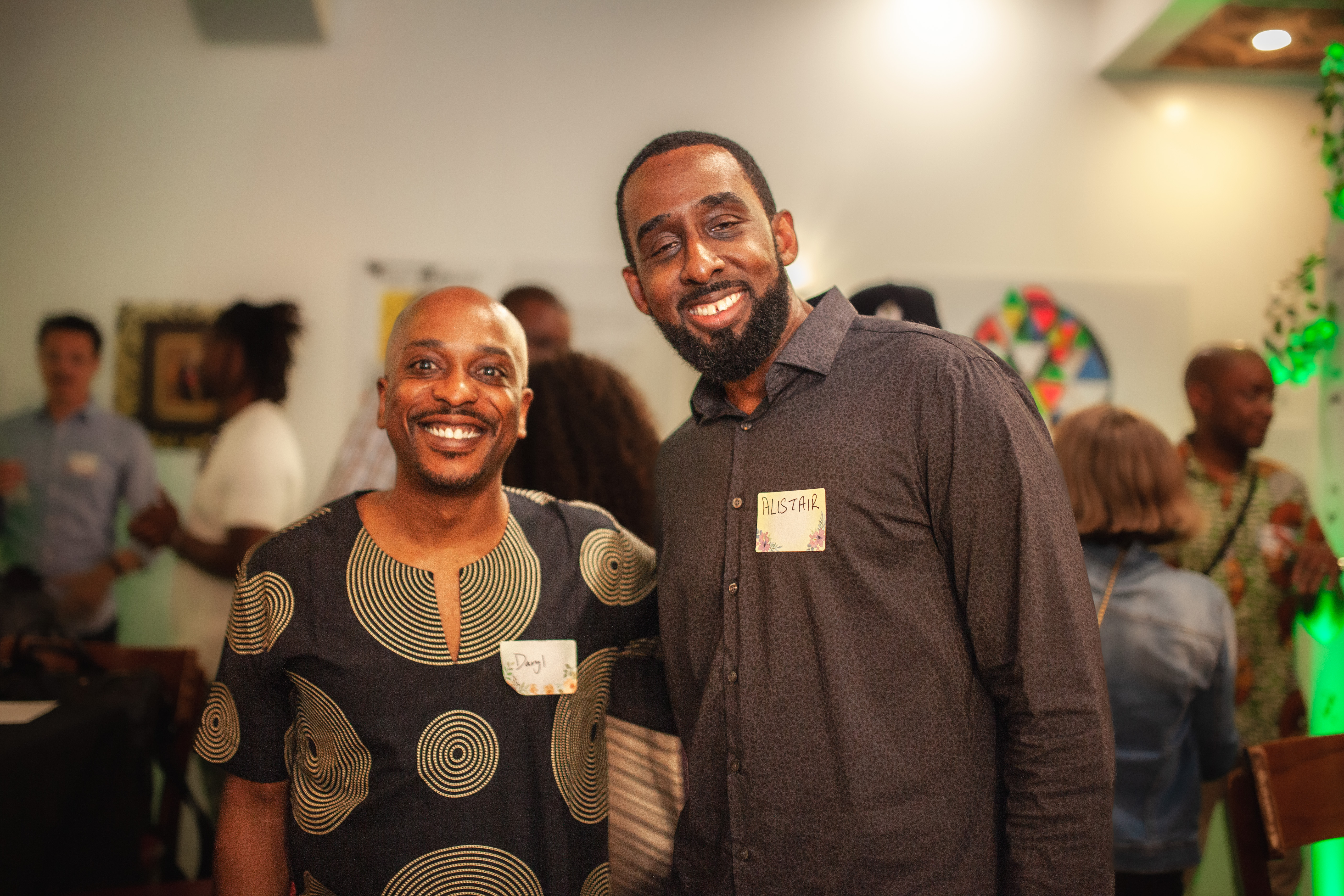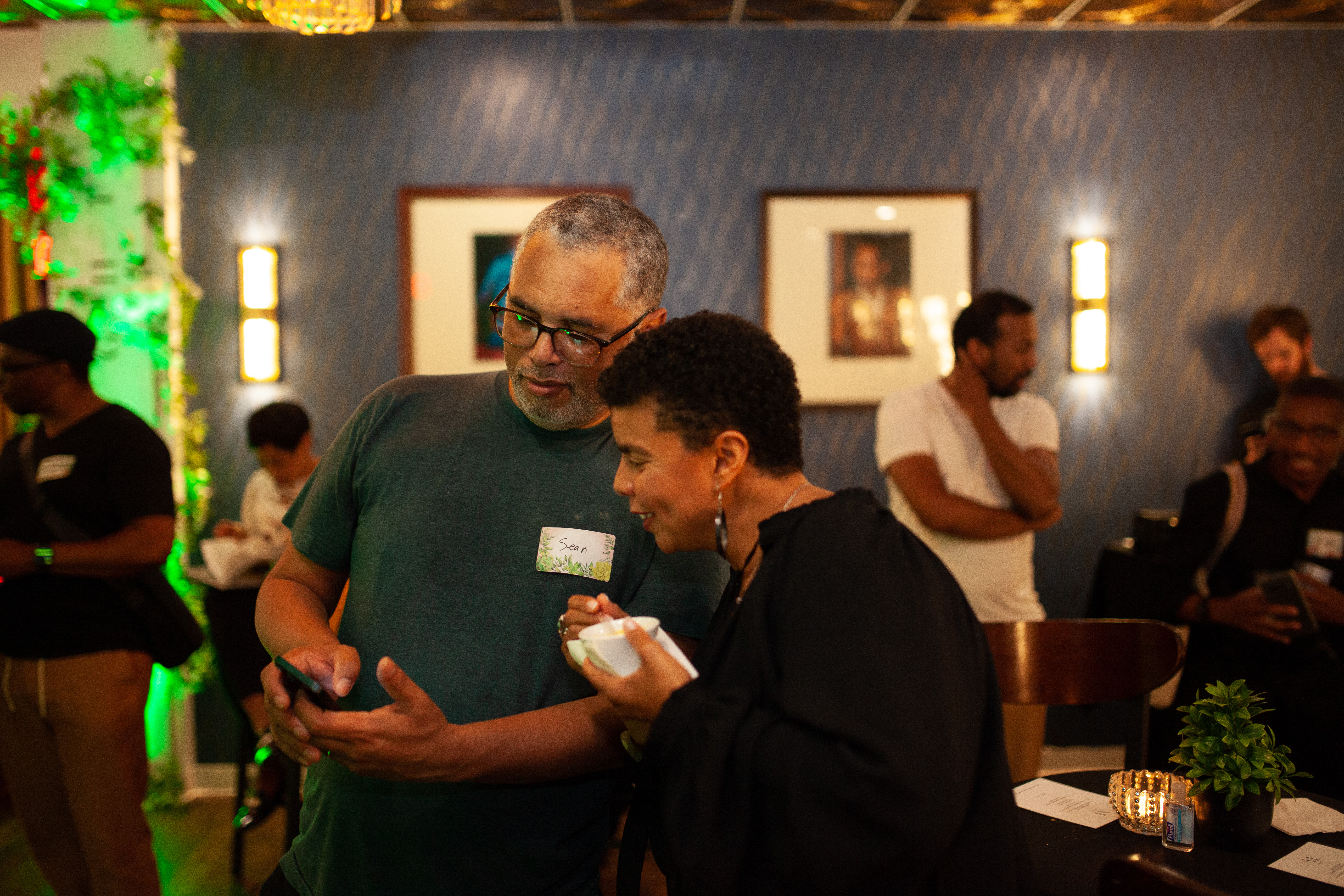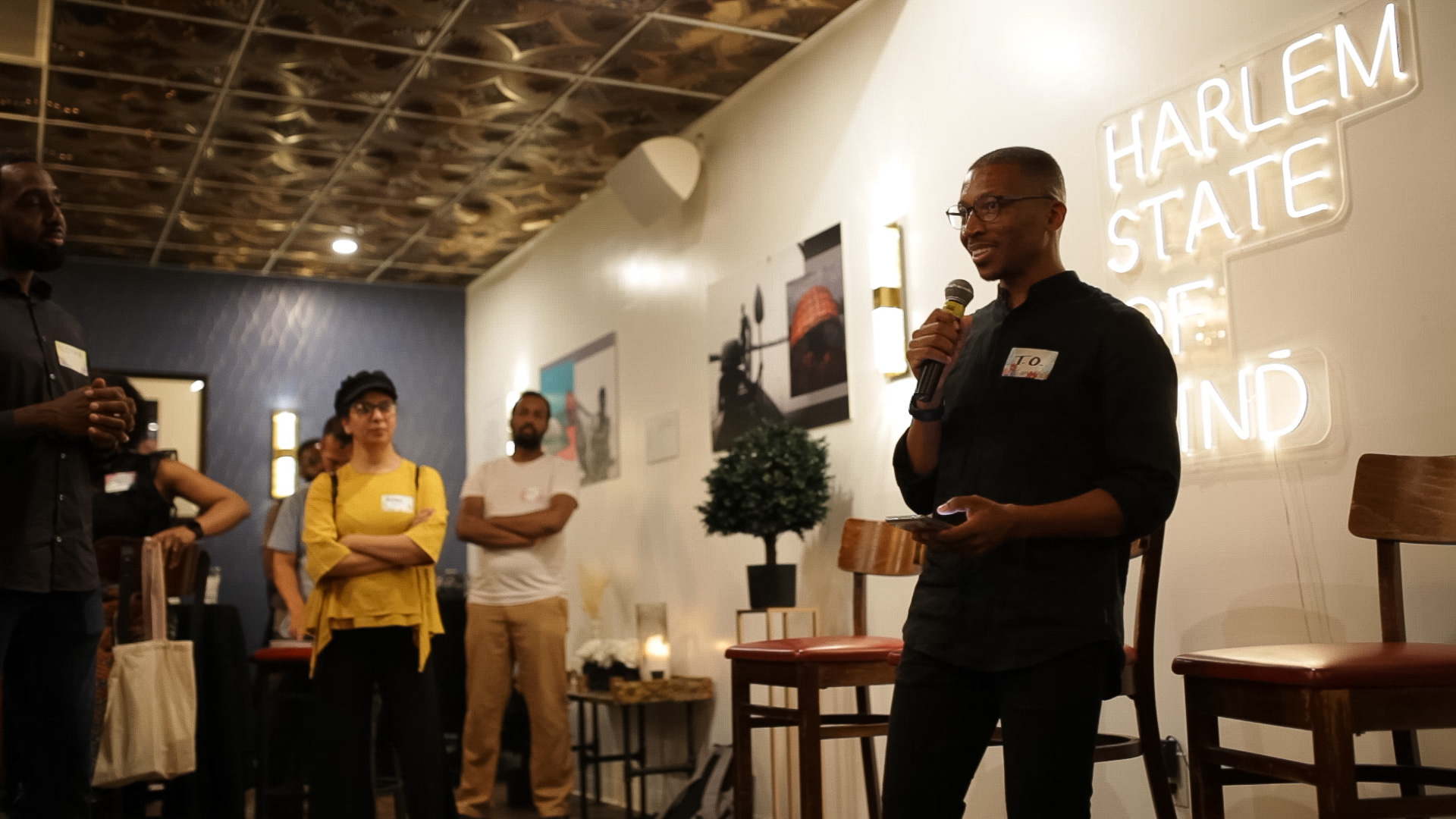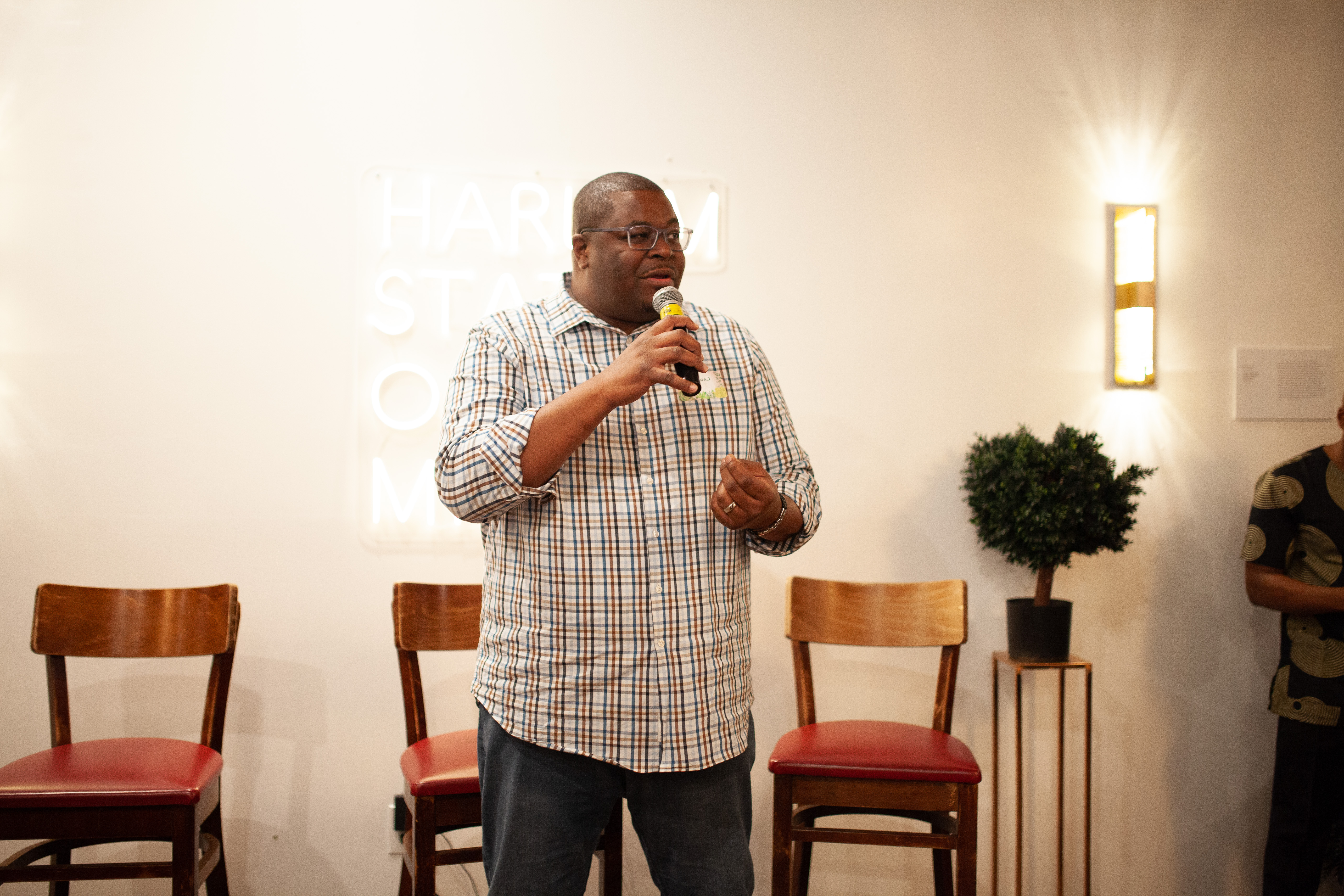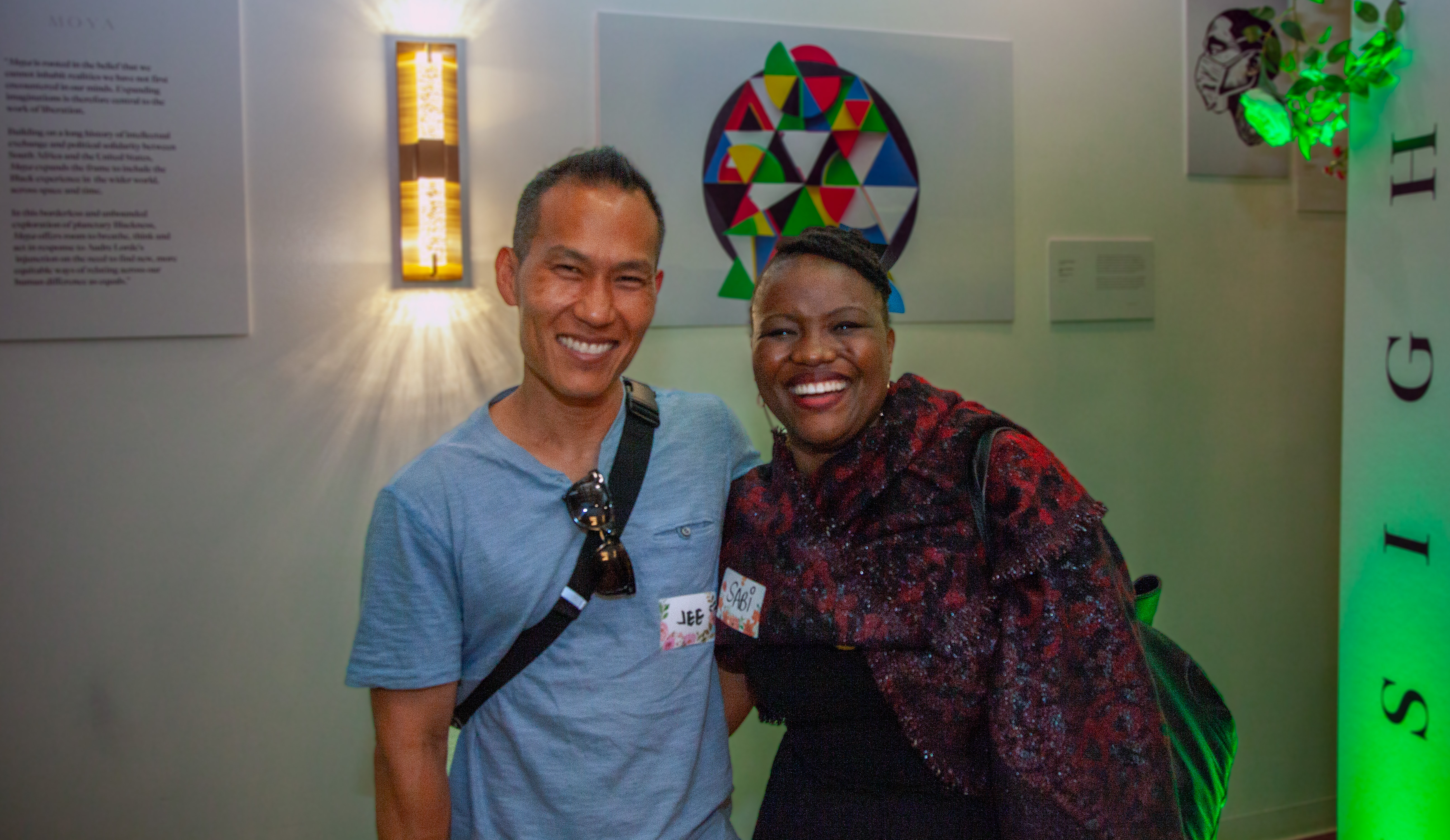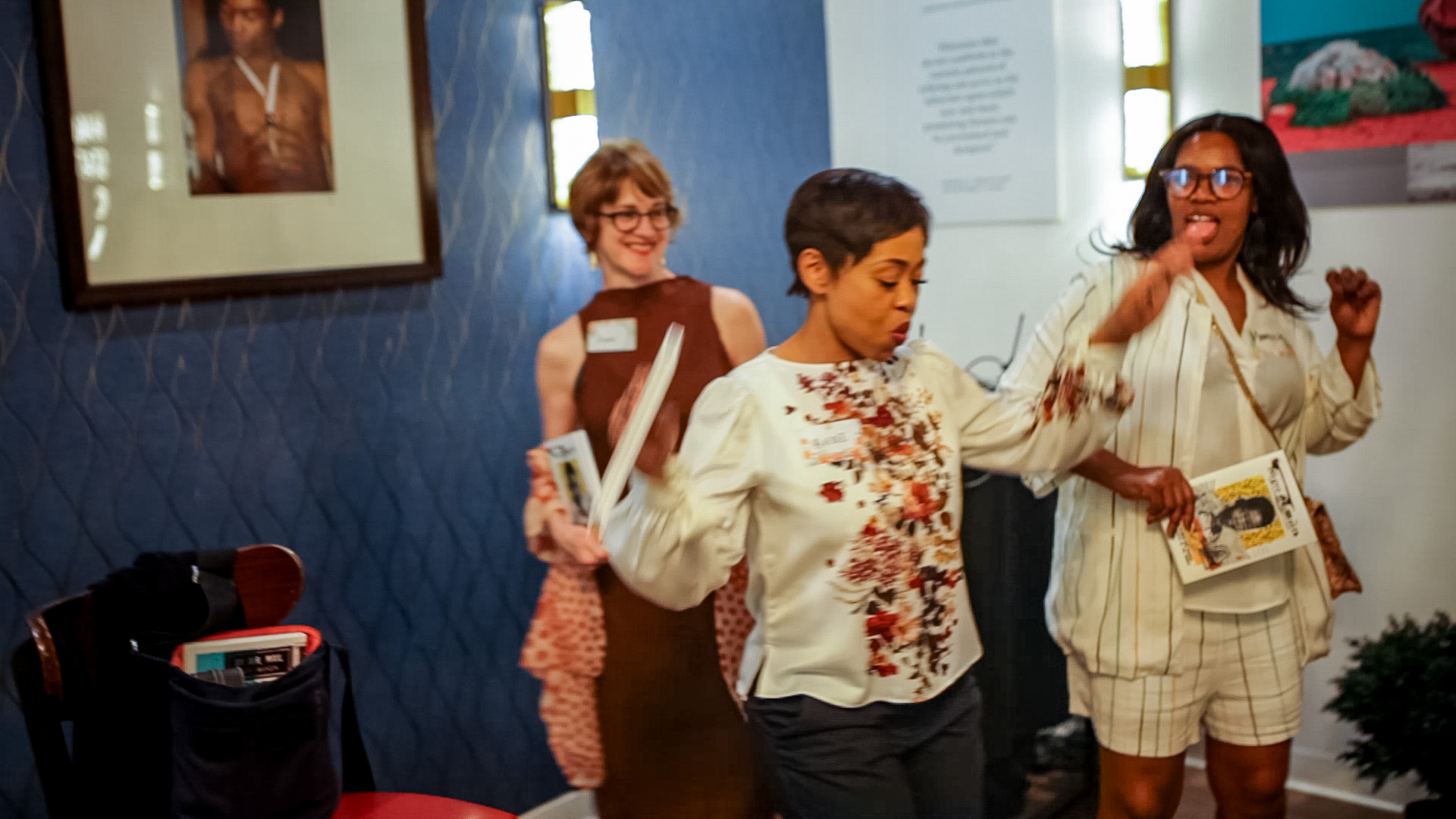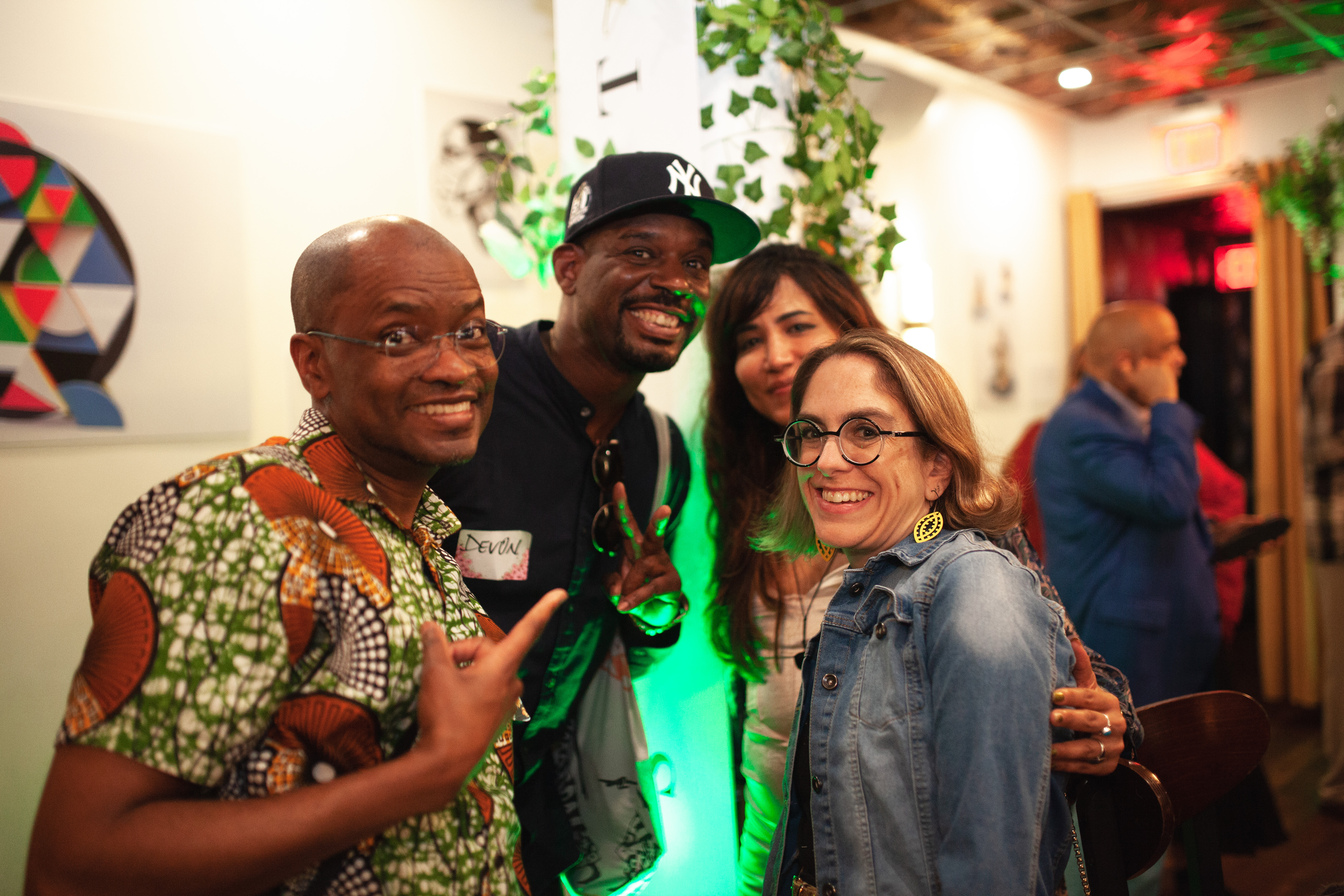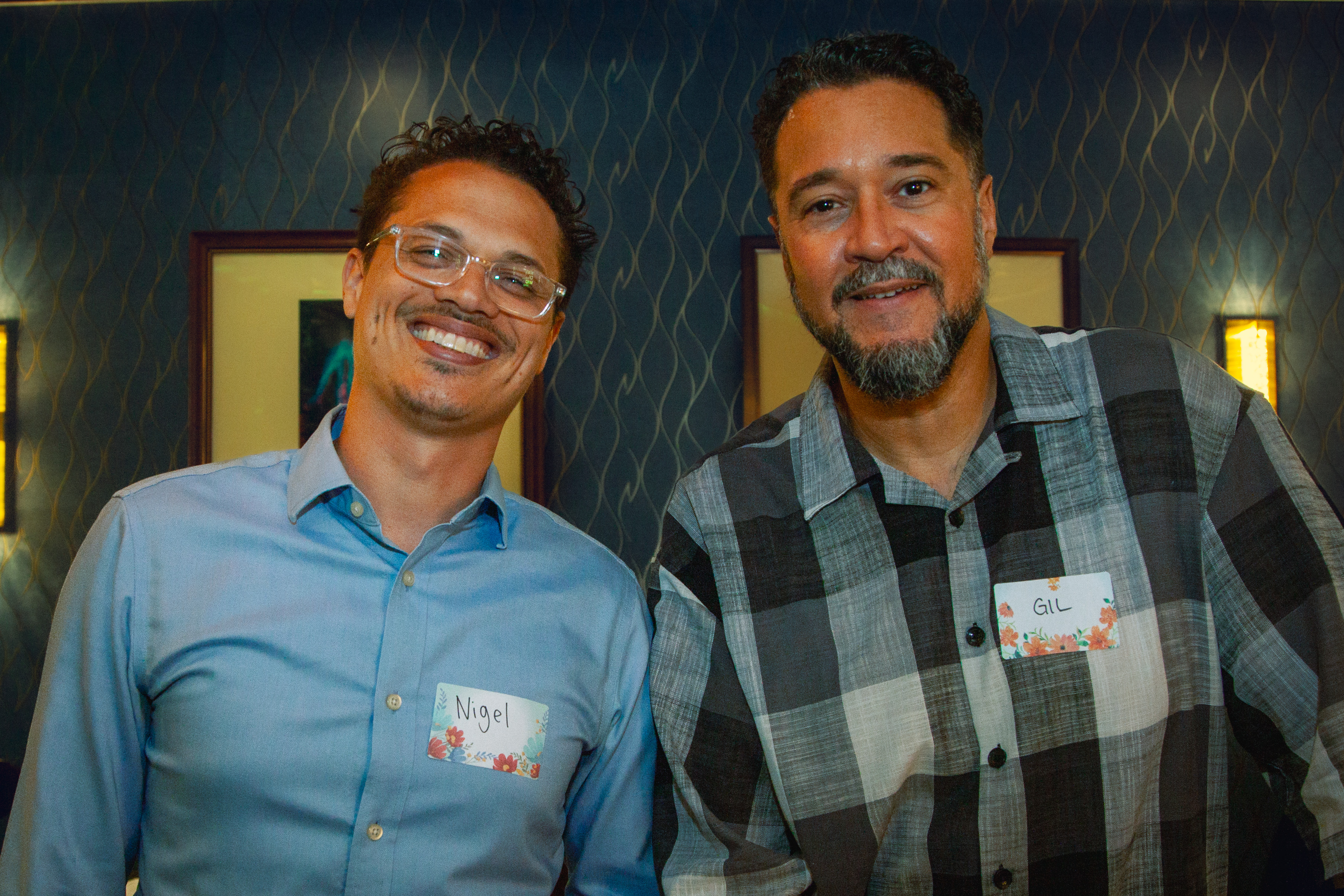In Historic Harlem, Moya Comes Into Its Own

In a 1925 issue of Survey Graphic magazine, American writer and philosopher Alain Locke described Harlem as home to "diverse elements of Negro life."
Entitled "Harlem: Mecca of the new Negro", that issue of Survey Graphic was one of the earliest publications to document Harlem's growing significance as Black migrants from across the U.S., the Caribbean, Africa, and South America flocked to the neighbourhood in search of better economic and social opportunities.
"Each group has come with its own separate motives, and for its own special needs," Locke observed. "But their greatest experience has been the finding of one another." Amid this diversity, Harlem's identity as a nucleus of Black cultural life took form.
Echoes of Locke's insight about Harlem resound in Moya's purpose. Like Harlem, Moya is home to varied expressions of Black life previously separated by boundaries - geographical, temporal, sociological, and historical - allowing for new possibilities for liberation to emerge. As former managing editor T.O. Molefe said, "Moya offers an invitation to be open and curious, to embrace an expansionary view of Blackness and of being human."
Molefe was speaking at the 13 June launch party for Moya, The Collector's Edition, held fittingly at the iconic Red Rooster restaurant in Harlem.

In a room reminiscent of the speakeasies of the Harlem Renaissance (complete with unassuming entrance, dim lights, music from around the Black world, and tasty eats inspired by the Black American South), Moya's readers, contributors, production staff, including the staff team of our publisher Atlantic Fellows for Racial Equity (AFRE), and AFRE's Board got a first look at The Collector's Edition.
"Moya is an invitation to ... embrace an expansionary view of Blackness and of being human."
Our first-ever print publication, The Collector's Edition puts the arresting art, writing and audio commentary across Moya's first volume in closer conversation. What emerges is a stunning collection of thought that examines Black life in geographies as far-flung as Malawi, Iran and Bermuda. It looks at stories as near in time as contemporary South Africa; and as far as the Asante kingdom of 18th century Ghana. And it invites readers to look beyond the familiar in search of freer Black life.
The Collector's Edition affirms Moya's identity as a destination where "Black imaginations and worlds are expansive, where people across the diaspora are welcomed and where the die for the future is being cast," said Daryl Hannah, AFRE's senior director for narrative strategy.
Limited copies of the new folio will be available in the coming weeks. If you are not already subscribed, sign up to our mailing list to be notified when distribution begins.
